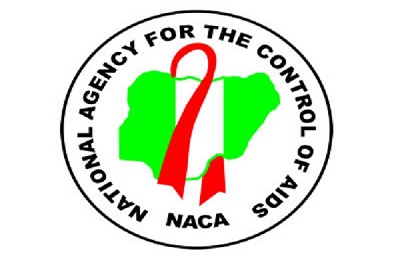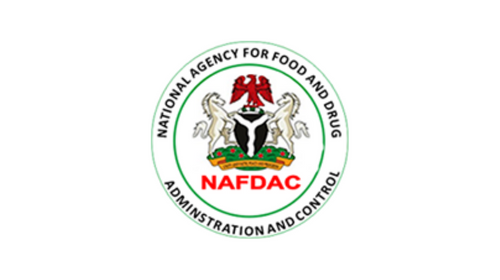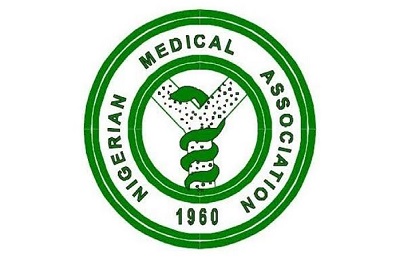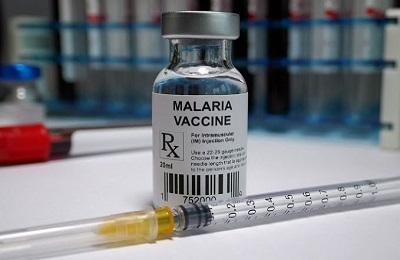New national strategy targets elimination as coverage gaps leave two-thirds of children without life-saving treatment.
Lagos, Nigeria – Imagine a city the size of Warri filled entirely with HIV-positive children under 14. That’s Nigeria’s reality today, with 140,000 young people living with the virus while the country races to eliminate HIV as a public health threat by 2030.
The Numbers Game Nigeria Must Win
Here’s what the math looks like: every single day, Nigeria records 60 new HIV infections among children. That’s more than two children every hour getting infected with a virus that modern medicine can prevent and treat effectively.
The real challenge? Only 33% of pregnant women receive Prevention of Mother-to-Child Transmission services. Think of it this way if 100 HIV-positive mothers walked into hospitals across Nigeria, only 33 would get the treatment needed to protect their babies.
NACA Director General Dr. Temitope Ilori doesn’t sugarcoat the situation: “These gaps represent missed opportunities to save lives.”
August Meeting: More Than Just Talk
This August, Lagos becomes the epicenter of Nigeria’s HIV response as the National Council on AIDS holds its 7th meeting. But this isn’t your typical government gathering filled with endless presentations and lukewarm coffee.
The theme says it all: “Advancing National HIV Sustainability Agenda in the Changing Global Policy on Aid.” Translation? International donors are pulling back their funding, and Nigeria needs to figure out how to keep people alive without external support.
“As donor landscapes evolve, Nigeria must take bold steps to ensure that HIV prevention, treatment, and support remain accessible and resilient,” Dr. Ilori explains. It’s diplomatic language for a stark reality Nigeria is increasingly on its own.
Building an Unlikely Alliance
What makes this meeting fascinating is who’s showing up. Picture this: a State Commissioner for Health sits next to a pastor whose church runs rural clinics. Across the table, a malaria researcher brainstorms with an HIV activist who lost three friends to AIDS.
This cross-sector approach breaks down traditional silos. Why? Because real life doesn’t fit neatly into categories. A pregnant woman seeking HIV testing might also need malaria prevention. A tuberculosis patient could discover they’re HIV-positive during routine screening.
Civil society organizations, faith-based groups, donors, and development partners will spend three days wrestling with one question: How do you save lives when resources are shrinking?
From Planning to Action
The Lagos meeting follows a smart format. Two days of technical sessions let experts dig into data, share successful strategies, and identify what’s not working. Think of it as the homework phase gathering facts and testing ideas.
Day three brings everyone together for the main event: the National Council session. This is where rubber meets road, where discussions become decisions, and where Nigeria commits to specific actions with actual timelines.
By the end, participants will issue a communique essentially a public promise about what Nigeria will do differently to reach its 2030 elimination goal.
Why This Matters to Every Nigerian
HIV doesn’t respect state boundaries or social status. The virus affects families in Lagos mansions and rural Katsina villages alike. When children can’t access treatment, communities lose future teachers, doctors, farmers, and leaders.
Success in eliminating HIV means Nigeria keeps its promise to 140,000 children currently living with the virus. It means pregnant women in Sokoto get the same quality care as those in Abuja. Most importantly, it means fewer families will experience the heartbreak of losing a child to a preventable disease.
The clock is ticking toward 2030, but Nigeria still has time to turn ambitious goals into life-saving reality.
By Kayode Ojo








